Basic FAQ’s
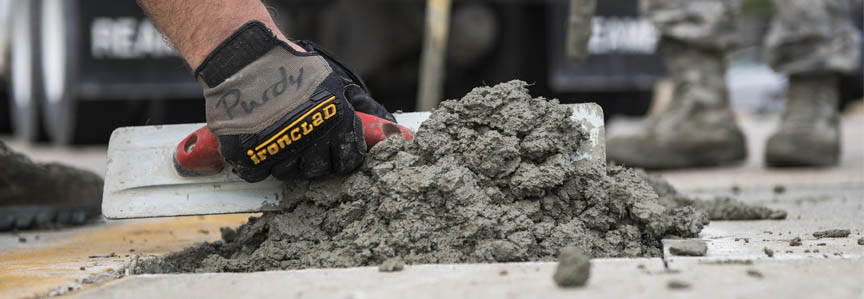
If your concrete is damaged, there is a chance that you might know what concrete resurfacing is. But, with all concrete services, if you are not a contractor or installer, you might not know the ins and outs of the service. So today, we have taken some of the most frequently asked questions in the world of concrete resurfacing and have provided the answers! Have a few questions about what concrete resurfacing is or how to do it? Well, down below we have all the answers you need to have your concrete resurfaced by a professional or do it yourself! So, let’s get started!
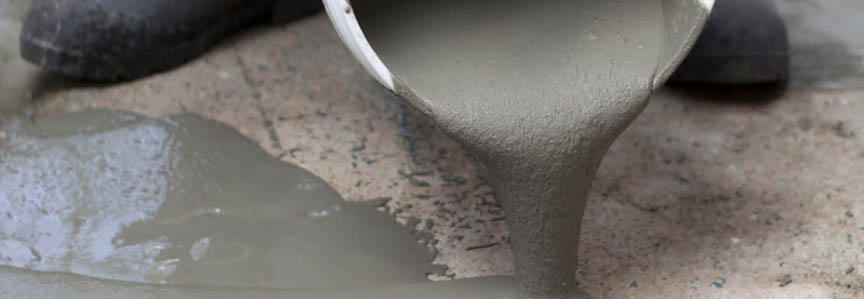
Concrete resurfacing is a process where a thin coat of polymeric material is placed over your existing concrete, forming a barrier that both protects the slab from physical or chemical damage as well as increases the curb appeal of your home or business. With proper surface preparation, application, and proper profiling of the slab, this thin layer of material will form a tight bond to your slab, increasing the longevity of the finish. But the best thing about resurfacing materials is that they are self-leveling, so you won’t have to worry about overworking the material to create a smooth and level finish like you would with fresh concrete.
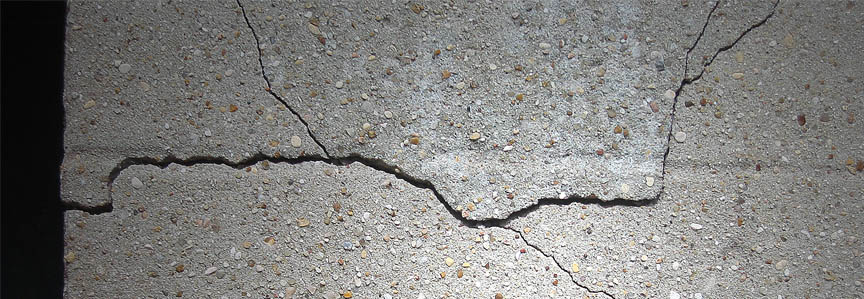
The most common way to know if your concrete needs to be resurfaced is small cracks, gouges, a weathered finish; or exposed aggregate. Remember, concrete resurfacing is great for concrete that requires only minimal repair but slabs that have extensive damage like major cracks, missing chunks or unlevel and sinking areas may need to be replaced to restore structural integrity. To see if your concrete can be resurfaced, it is best to contact a local concrete contractor to be on the safe side.
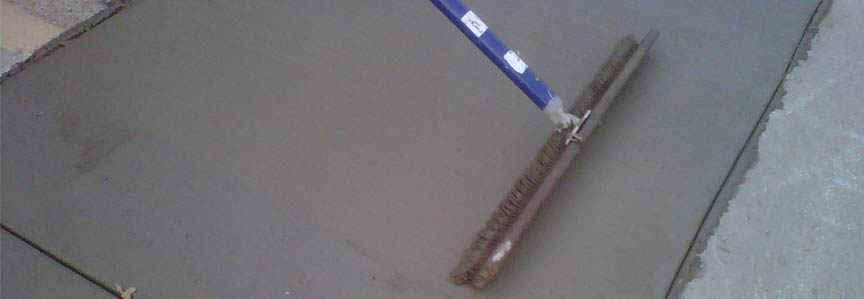
The tools at your disposal during the process of concrete resurfacing will make all the difference when it comes to the speed of installation, the quality of the finish, and how sore your back will be at the end of the day! Thankfully, the tools that are required to streamline the process can be obtained for a reasonable price with some being rentable. You can find the most common tools required for the process:
- 3500 PSI Pressure Washer
- 2 5 Gallon Buckets To Mix And Hold Water
- Long Handled Broom
- Long Handled Squeegee
- Concrete Edgers
- Weather Stripping to Seal Expansion Joints
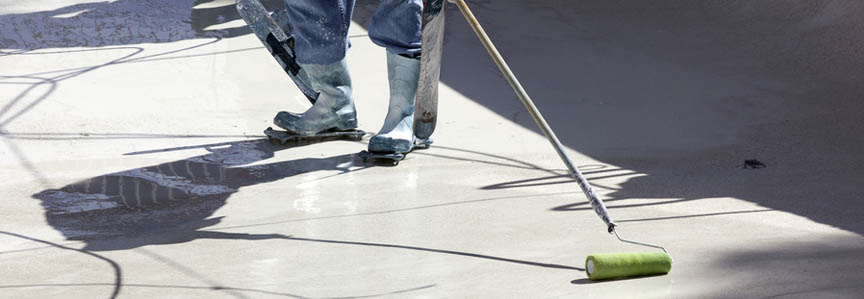
The rule of thumb for concrete resurfacing is that as long as the concrete slab is in good structural standing, it can be resurfaced. As we have talked about above, if the concrete slab has structural damage, it won’t be able to be resurfaced and will need to be replaced. Have a problem with concrete but want to know if it can be resurfaced? We have outlined some of the most common resurfacing projects down below:
- Driveways
- Pool Decks
- Garage Floors
- Walkways
- Commercial Thresholds
- Patios
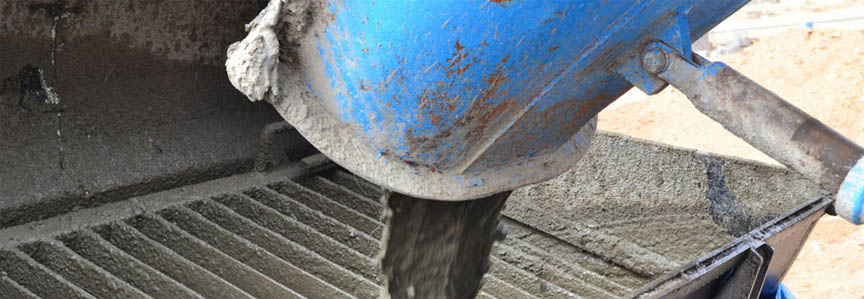
When it comes to the optimal weather to install a resurfacing agent, you are going to want to make sure that temperatures stay above at least 50 degrees for at least 8 hours after the pour and will need to be shaded during installation, making early morning the best time to install the coating. When it comes to curing the resurfacing agent where temperatures can reach over 90 degrees, make sure to mist water over its surface for the first 24-48 hours of cure time.
Now that you have the answers to the most common questions that come to mind when thinking about concrete resurfacing, you have all the knowledge you need to call a contractor to do the work for you or do it yourself! So no matter what direction you go in, we wish you the best of luck in all of your home renovations to come!
